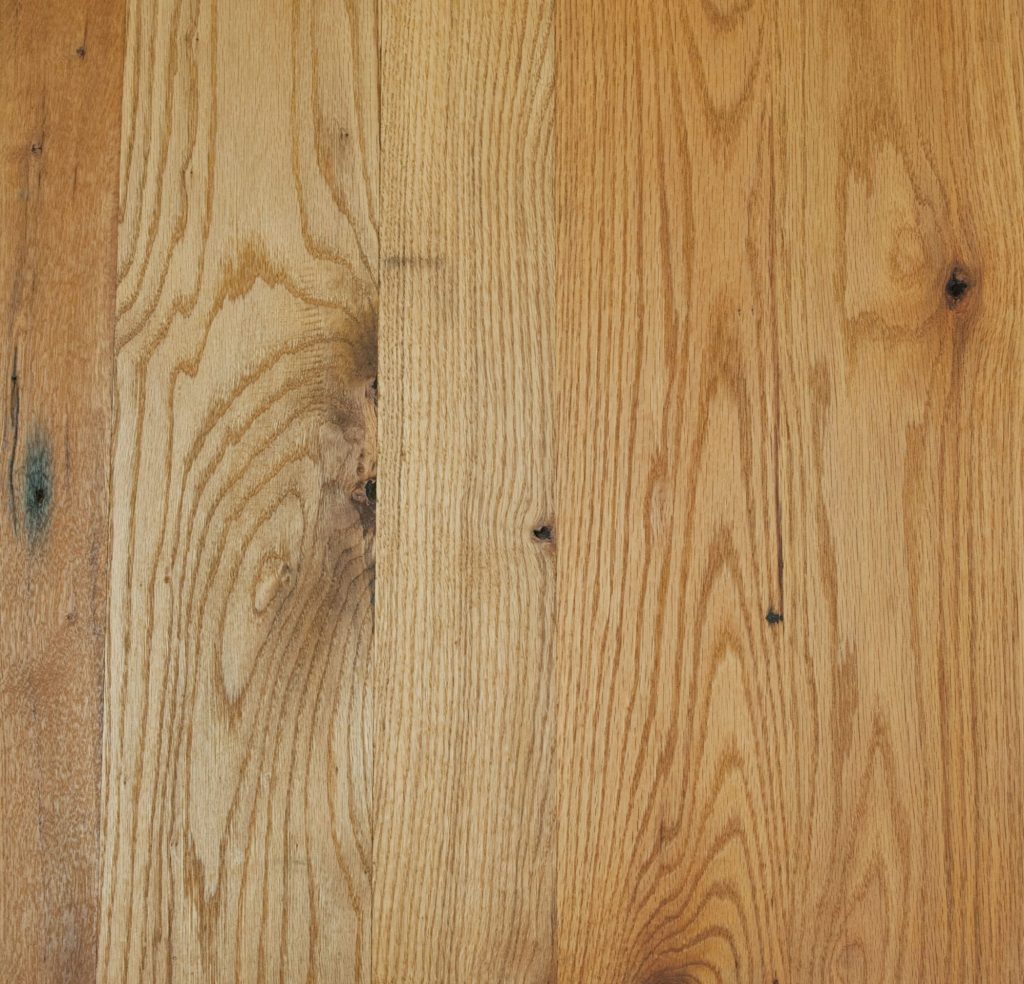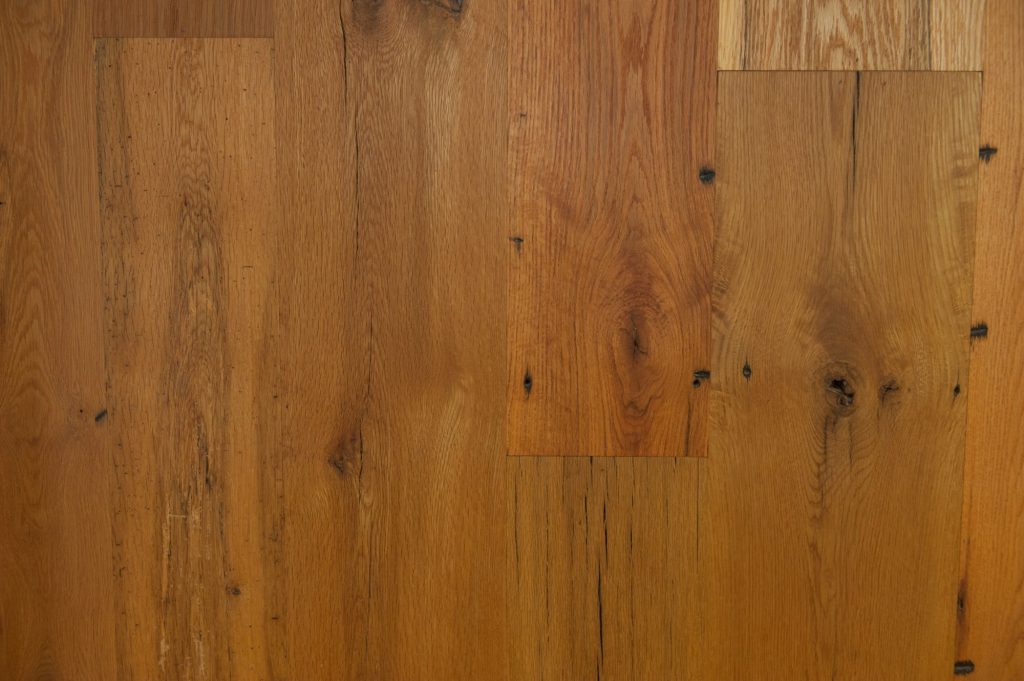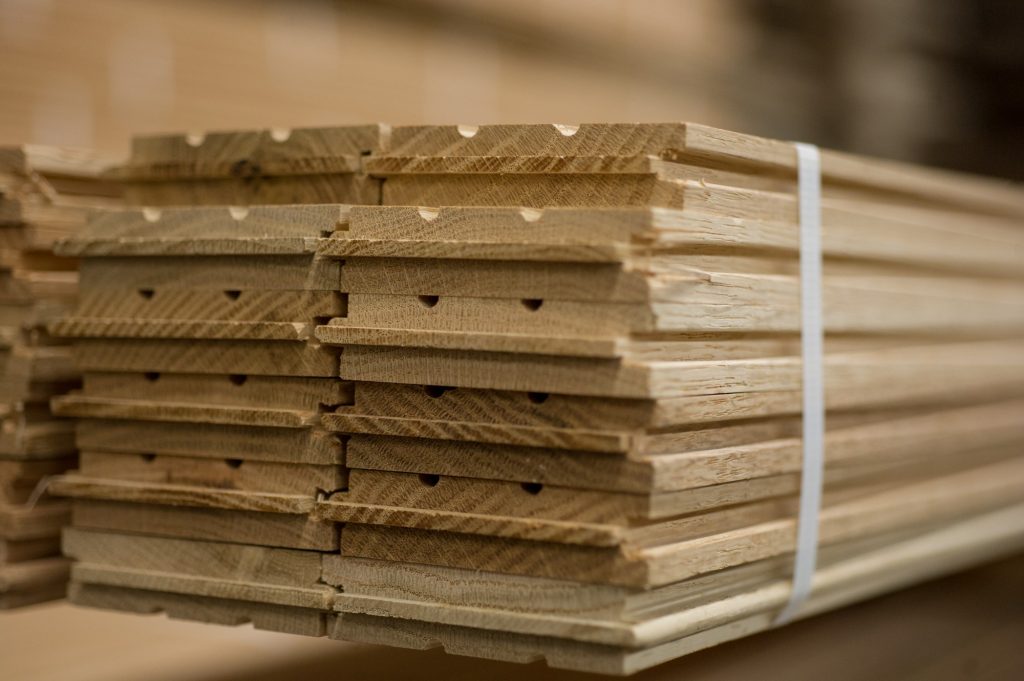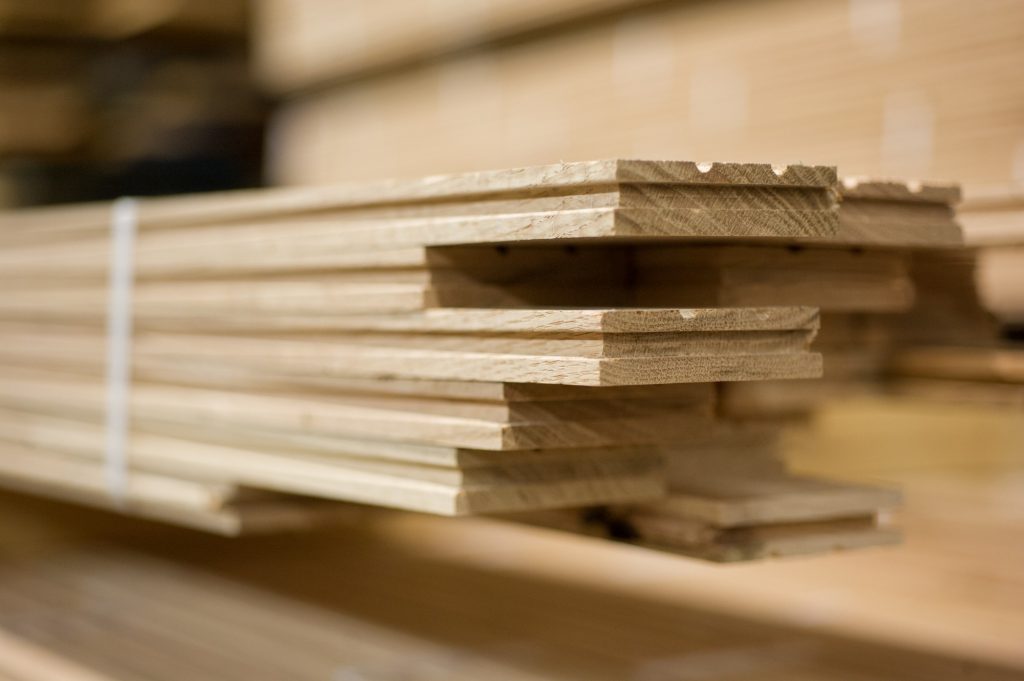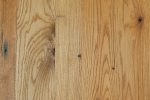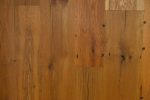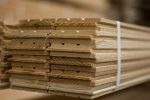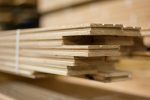Vintage Distressed Oak
History and Characteristics of Vintage Distressed Oak
Oak lumber has been valued for structural and decorative uses for centuries. While more than 80 species of oak grow in the U.S., “out of the woods and at the sawmill”, the lumber industry “sorts” into two species–red oak and white oak. Many of the differentiating characteristics of red and white oak are subtle and mistakes are made even by well trained graders of modern sawmills. Red hue of red oak is the most visible distinguishing characteristic used by non-professionals. Color differences are even more indistinguishable in reclaimed oak due to the slow growth tight grain pattern and brown patina acquired with age.
- Vintage Reclaimed Oak is salvaged from deconstructed buildings – domestic barns, houses, fences, log cabins, and warehouses.
- Reclaimed oak contains many exceptional qualities including density/durability, work ability. distinct and varied grain patterns, with warm color tones (light browns to darker highlights from the patina of age).
- Character marks of its history include sound stress/drying cracks, knots, stains and nail holes that distinguish reclaimed from recently harvested Oak. Distressed character, inherent durability and workable qualities, make reclaimed red and white oak a floor of choice for residential and commercial designers, homeowners, woodworkers, and builders time and time again.
- Reclaiming from industrial, residential, and agrarian sources, Vintage Lumber goes out of its way to source vintage distressed oak lumber to produce our high quality flooring and associated products.
Specifications
- Reclaimed solid wood flooring is normally milled to 17mm thickness (same top wear layer above the T&G as 3/4”, with a thinner bottom layer to maximize yield from scarce supplies of raw material).
- Vintage Lumber is also able to meet customer’s requirements for both thinner (minimum 3/8”) and thicker solid T&G, end-matched flooring.
- Most of our solid flooring is produced in random widths(RW) from 2” to 10”, on the full inch face. Typical RW ranges are 3” to 6”(3,4,5,6), 3” to 8”, 7” to 10”, or any combination needed. Board widths up to 20” are sometimes available in certain species. The wider the widths required, the higher the costs. Our RW flooring is usually not sold as a repeating pattern(equal lineal feet of each width). For prompt filling of orders, we base our RW counts on available widths in inventory, and we calculate a 9 or 10 board width sequence to facilitate installation to avoid all of one width remaining at the end.
In-stock
Vintage Distressed Oak price per Square Foot and Quantity- 2-1/4"-$8.55 / 675 sq ft
- 3"-6"-$8.95 / 11,659 sq ft
- 3"-7"-$9.55 / 11,725 sq ft
- 3"-8"-$11.25 / 11,773 sq ft
- 4"-8"-$13.95 / 8,301 sq ft
